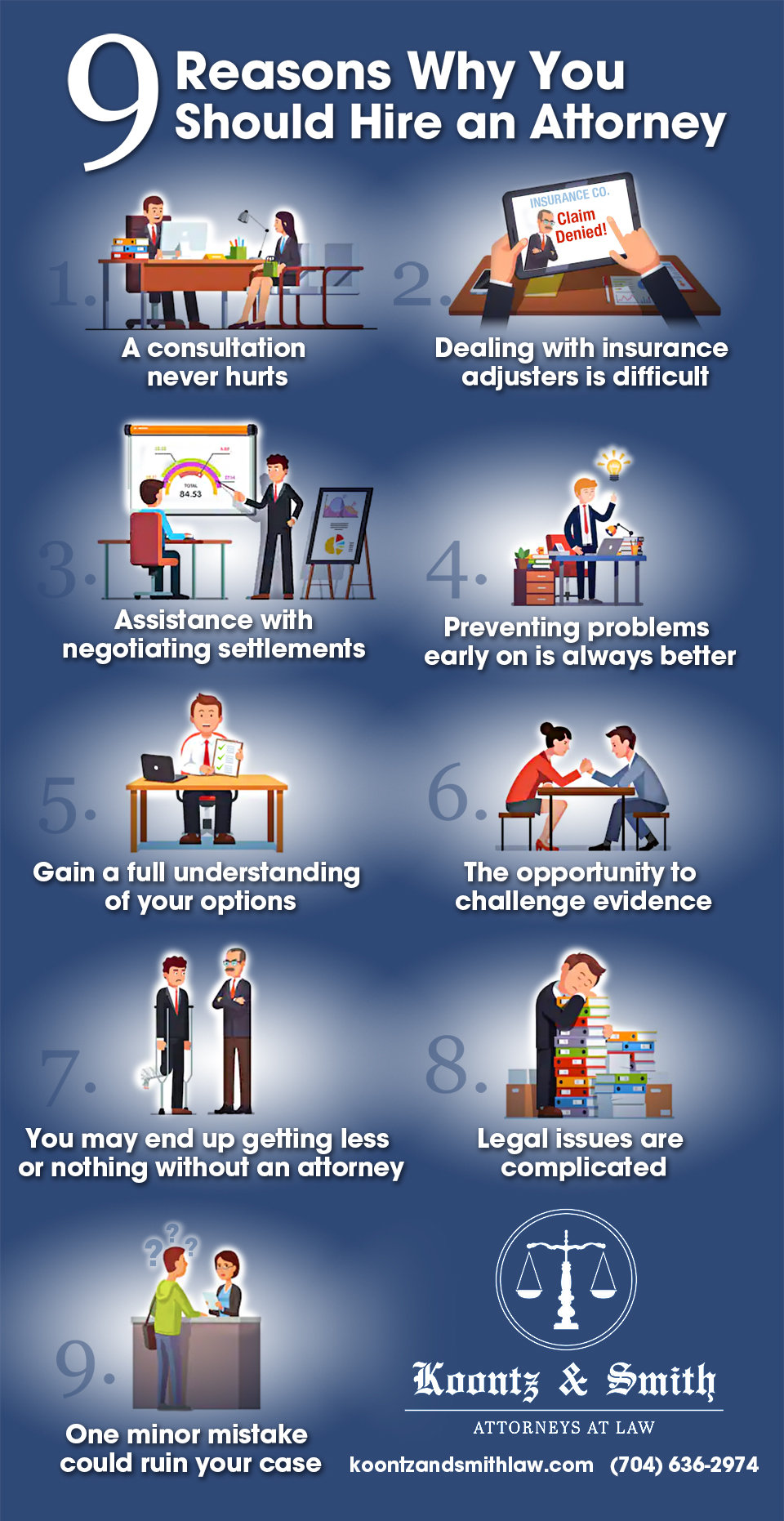Browsing A Criminal Trial: A Complete Detailed Examination Of What Takes Place
Browsing A Criminal Trial: A Complete Detailed Examination Of What Takes Place
Blog Article
Post Written By-Lyons Thompson
When you enter a criminal test, you might be stunned by the organized procedure that unfolds. Everything starts with jury selection, where potential jurors are inspected for biases through a method called "voir dire." After that, both sides offer their opening statements, setting the stage for the evidence and testimonies to adhere to. You'll see just how the prosecution and protection construct their situations, yet what occurs next can substantially influence the result. Comprehending these phases can reveal the complexities of justice, but there's more to discover concerning the critical moments that comply with.
Court Choice Process
When it pertains to the jury selection process, you're diving right into an essential phase of a criminal trial. This procedure, commonly called "voir dire," involves wondering about possible jurors to guarantee they're impartial and with the ability of delivering a reasonable judgment.
You'll see both the prosecution and defense attorneys participating proactively, each intending to choose jurors who align with their instance's story.
During voir dire, you'll observe that lawyers ask inquiries regarding jurors' backgrounds, beliefs, and experiences. Their goal is to identify any kind of pre-existing prejudices that can influence a juror's choice. As a juror, you may feel a mix of uneasiness and inquisitiveness, yet your honesty is essential.
After questioning, lawyers can test specific jurors for reason if they believe a juror can not continue to be unbiased. They can also utilize a limited variety of peremptory difficulties to dismiss jurors without specifying a reason.
Trial Phases Explained
The phases of a criminal test play a vital duty in guaranteeing a reasonable and organized procedure.
You'll first experience the opening declarations, where both the prosecution and defense describe their cases. This establishes the stage of what's to find.
Next off, the prosecution provides its evidence and witnesses, intending to verify the accused's sense of guilt beyond a practical doubt. You'll see straight assessment complied with by cross-examination, allowing both sides to challenge the presented details.
After the prosecution relaxes its case, it's the defense's turn. They'll offer their evidence and witnesses, often focusing on creating reasonable question. You'll observe that the protection doesn't have to confirm innocence; they simply need to test the prosecution's instance.
Once both sides have actually provided their disagreements, you'll listen to closing declarations, where each event summarizes their instance. This is vital as it enhances their settings before the court deliberates.
Throughout these stages, the court makes certain that the trial follows lawful standards and that the civil liberties of both events are safeguarded.
Recognizing these stages will assist you value the complexities involved in a criminal trial and the importance of each step in the pursuit of justice.
Decision and Punishing
Nevertheless proof has existed and disagreements made, the court or court provides a judgment, identifying the defendant's sense of guilt or virtue. If you become part of the court, you'll deliberate with your other jurors, discussing the proof and your impacts. This procedure can take time, as you'll intend to make sure every person agrees on the verdict based on the facts.
As soon as a judgment is reached, it's introduced in court. If the offender is found guilty, the next phase is punishing. This is when the judge decides the proper punishment. You might see that numerous variables influence the sentence, such as the severity of the crime, the accused's past record, and any kind of mitigating situations.
The judge may impose a variety of sentences, from fines and social work to imprisonment. In some cases, the protection or prosecution can provide arguments relating to sentencing, trying to persuade the judge's choice.
If the accused is found not guilty, they're acquitted, and no penalty complies with. Keep in mind that a guilty judgment can often result in charms, where the accused may challenge the verdict or the sentence enforced.
Conclusion
In a criminal test, you've seen how important each step is, from court choice to the last verdict. You have actually complied with the prosecution and protection as they develop their situations, aiming to persuade the court. When consideration concludes, the judgment figures out the result, and if the accused is found guilty, the sentencing phase starts. Recognizing these processes helps you value the complexities of the justice system and the significance of each duty in ensuring a reasonable test.
